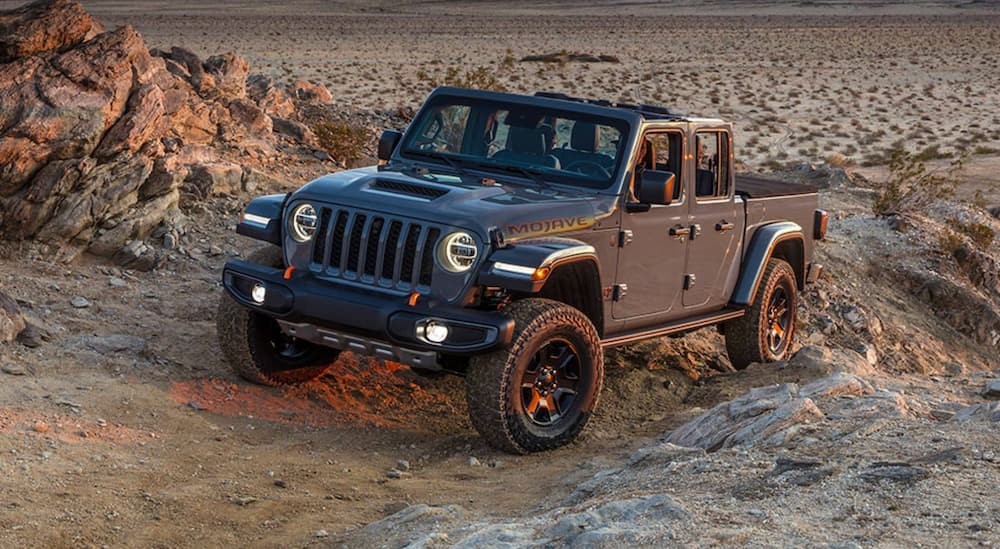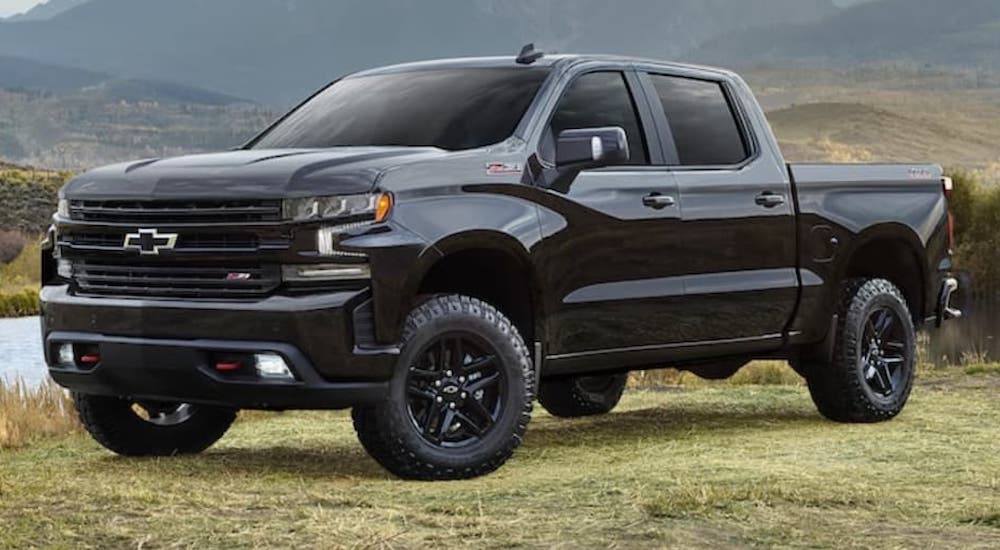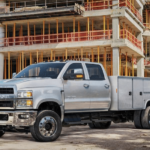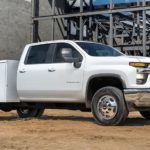Trucks are renowned for their versatility; they’re capable workhorses, agile commuters, and ever-ready adventurers. Shopping for a used truck dealer means you’re one step closer to enjoying those perks, but it also means you’re in a unique position. The used truck industry sells more vehicles annually than the new truck segment, so you have a healthy selection of options to choose from in your search for the perfect truck. So, what should you consider as you narrow down your choices? There is a lot to keep in mind when shopping for your next pickup, but these five pointers will put you well on the way to driving home with a used truck that meets your needs.
#1 – Type and Size
Choosing the type of truck that’s right for you is relatively straightforward. Why? Because most people know what they want and need in a truck. For example, a rancher that tows a horse trailer knows he needs a heavy-duty workhorse like the Chevy Silverado HD or Ford Super Duty. Likewise, off-roaders and commuters prefer smaller and more agile models like the midsize Toyota Tacoma or Jeep Gladiator to effortlessly navigate their commutes and adventures on the trail.
While heavy-duty and midsize trucks are popular in niche segments, they pale compared to best-selling full-size models like the Ford F-150, Ram 1500, and Chevy Silverado 1500. These models are top-rated because they blend capability with innovation and luxury. Their larger engines deliver the power you need, while their expansive cabins offer next-level comfort and sophistication with innovative technology and modern conveniences.

#2 – Cabin Configuration
Deciding on the type and size of truck you need leads to the next decision––cab configuration. Consider your current situation and whether you frequently haul passengers or cargo. For example, if you typically drive alone and haul more cargo, a regular cab with a two-door, two-seat configuration might be ideal. Choosing a regular cab model can allow for a longer bed without making your truck difficult to drive, but the absence of a second row eliminates the possibility of hauling additional passengers.
Drivers who need more room for passengers and cargo should consider a used truck with an extended cab. This configuration adds a second row to the cabin and goes by various names in the truck industry. For example, Ford refers to it as a Super Cab, and Ram calls it a Quad Cab. Despite the different names, the premise is the same. These trucks feature a compact second row that’s accessible via a set of smaller rear passenger doors.
The crew cab is the most popular configuration in the truck segment. These trucks offer two expansive rows of seating that can generally accommodate five to six people, depending on the style of seats. Accessing the second row is incredibly convenient, thanks to the four full-size doors. This layout gives everyone plenty of head and leg room and allows ample space to store gear and other items you’d like to keep secure in the cabin.
#3 – Power and Efficiency
What’s under the hood is another crucial component of shopping for a used truck. Fortunately, you have a wide range of options on the used lot. For example, you can find the off-road-ready Tacoma with Toyota’s proven 3.5L V6 just as easily as you can find the best-selling F-150 with Ford’s mighty EcoBoost engine. Or you can join so many others and put your trust in the Ram 1500’s V8 HEMI.
Every powerplant has its advantages and gives you more opportunities to find the perfect truck for your driving needs. If you prioritize efficiency but haul heavy loads, you know that shopping for a diesel truck is your best option and can tailor your search to Ford’s Power Stroke, Chevy’s Duramax, or Ram’s Cummins. Those who prefer gas powerplants but like to get the most out of every gallon of fuel should look for powertrains with start-stop technology. This feature is a staple on newer engines because it automatically stops fuel delivery when the truck is idling, increasing efficiency in city driving and heavy traffic.
#4 – Practical Features
Looking at features is where shopping for a used truck gets exciting. Available features run the gamut from multifunction tailgates and leather upholstery to heated and ventilated seating. The opportunities are seemingly endless because every automaker, from Ford, Ram, and Chevrolet to Toyota, Honda, and Nissan, outfits its models with remarkable details, conveniences, and features that make your time in the driver’s seat more enjoyable.
On the Ram 1500, for example, these features include the revolutionary RamBox cargo management system. The only system of its kind, the RamBox makes use of the open space above the wheel wheels, transforming the area into secure boxes that you can use to store tools and other cargo. As a result, the system gives the entire Ram lineup a significant advantage over competitors, especially with drivers who want peace of mind that the tools they need are always secure and protected from the elements.
GMC revolutionized the pickup segment with the industry’s first multifunction tailgate. The MultiPro Tailgate (GMC) or Multi-Flex Tailgate (Chevy) is a staple on top-tier Sierra and Silverado trims, offering six unique functions that make accessing the bed and loading or unloading cargo easier. Ram’s multifunction tailgate doesn’t provide as many functions but focuses on accessibility with its 60-40 split design that can swing open like barn doors and lower like a traditional tailgate.
#5 – Technology
A used truck is an excellent investment because it allows you to pay closer to the truck’s actual value rather than accepting the inflated sticker price of a new truck. Used vehicles will have more miles on the odometer but buying used doesn’t mean sacrificing any features, especially with the advancement of automotive technology. Unless you’re shopping for a 20-year-old truck, you’ll find most used pickups come with a center touchscreen display, advanced infotainment system, Bluetooth capability, and smartphone integration. These features are standard on newer used models, and you can even find options like wireless charging and over-the-air updates for added convenience.
If you frequently find yourself hauling heavy loads, you may want to tailor your search to models with trailering-specific technology. The Big Three are renowned for giving drivers cutting-edge technology that makes towing heavy loads easier. For example, Ford’s Pro Trailer Backup Assist lets you turn a knob to effortlessly steer a trailer in reverse. GMC’s ProGrade Trailering System enables you to build trailer profiles, complete pre-departure checklists, and monitor trailer tire pressure and lighting from the truck’s center display. Ram’s trailering tech works like Ford’s, including Trailer Reverse Steering Control, which lets you control the trailer’s direction with the turn of a knob.

Choosing the Perfect Truck
There are many other things to consider when shopping for a used truck, such as budget, trailering capacity, payload capacity, and bed length. However, these five areas are the most fundamental components to consider during your search because they give you a better idea of the type of truck you want and need. Knowing the right type of truck and the ideal cabin configuration narrows your search, giving you more opportunities to focus on powertrain and capability, practical features, and technology to find the used truck that meets your needs and exceeds your expectations behind the wheel.



